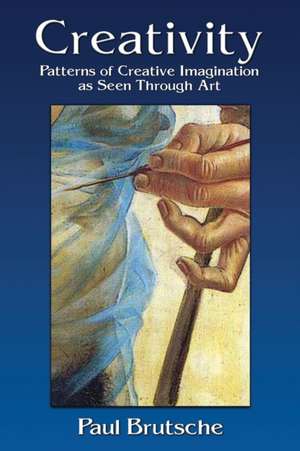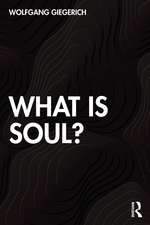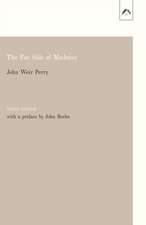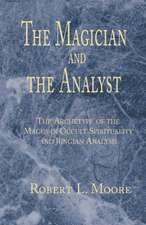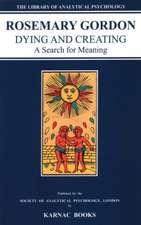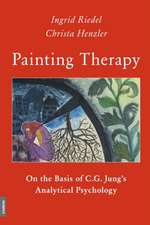Creativity
Autor Paul Brutscheen Limba Engleză Paperback – 22 aug 2020
| Toate formatele și edițiile | Preț | Express |
|---|---|---|
| Paperback (2) | 213.17 lei 6-8 săpt. | |
| Chiron Publications – 22 aug 2020 | 213.17 lei 6-8 săpt. | |
| Chiron Publications – 21 aug 2020 | 213.17 lei 6-8 săpt. | |
| Hardback (2) | 325.30 lei 6-8 săpt. | |
| Chiron Publications – 22 aug 2020 | 325.30 lei 6-8 săpt. | |
| Chiron Publications – 22 aug 2020 | 330.45 lei 6-8 săpt. |
Preț: 213.17 lei
Nou
Puncte Express: 320
Preț estimativ în valută:
40.79€ • 42.74$ • 33.72£
40.79€ • 42.74$ • 33.72£
Carte tipărită la comandă
Livrare economică 11-25 aprilie
Preluare comenzi: 021 569.72.76
Specificații
ISBN-13: 9781630518752
ISBN-10: 1630518751
Pagini: 316
Dimensiuni: 152 x 229 x 20 mm
Greutate: 0.57 kg
Editura: Chiron Publications
ISBN-10: 1630518751
Pagini: 316
Dimensiuni: 152 x 229 x 20 mm
Greutate: 0.57 kg
Editura: Chiron Publications
Notă biografică
Paul Brutsche, Ph.D., has a doctorate in philosophy from the University of Zürich. He graduated from the C.G. Jung Institute Zürich in 1975 and is a training analyst and supervisor at the International School of Analytical Psychology (ISAPZURICH). Since his doctoral thesis on the psychological meaning of pictures in analysis and his work as director of the Picture Archives of the C.G. Jung Institute he has been interested in questions of picture interpretation, symbolism in art and creativity and has regularly lectured and published on this topic.
